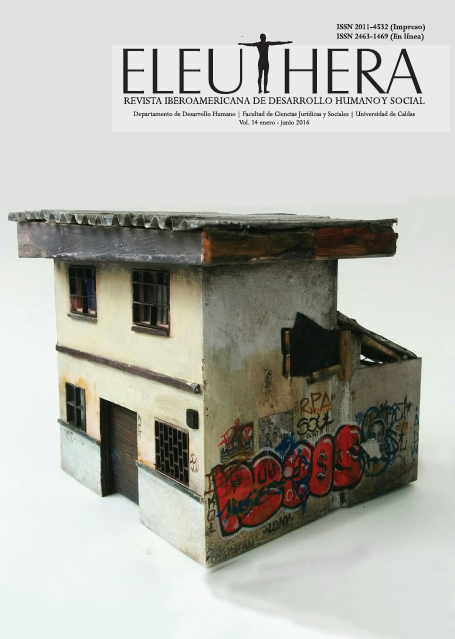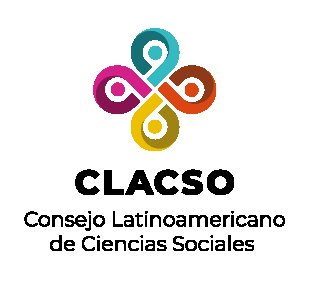Authors
Abstract
Objective. To explore the behavior of technical innovation and administrative innovation dimensions included in the organizational variable in the rice companies of the main municipalities of the department of Meta. Methodology. The research was carried out under a quantitative approach of correlational descriptive type. Results. The research explores the behavior of technical innovation and administrative innovation included in the organizational variable, analyzes the behavior of organizational characteristics as a moderating variable of this relationship and the contrast of the impact of innovation on organizational performance. Conclusions. In the context of the analysis of the rice companies of the department of Meta in Colombia, the technical and administrative innovation variables presented singular behaviors that differentiate them and show them with strengths and weaknesses. The results of the correspondence method and Pearson correlation method indicate that there is no correlation between administrative innovation and organizational performance.
References
Baregheh, et al. (2009). Towards a multidisciplinary definition of innovation. Management decision, 47(8),1323-1339.
Chang, S., Gong, Y. & Shum, C. (2011). Promoting innovation in hospitality companies through human resource management practices. International Journal of Hospitality Management, 30, 812-818.
Charbonnier-Voirin, A., El Akremi, A. & Vandenberghe, C. (2010). A Multilevel model of transformational leadership and adaptive performance and the moderating role of climate for innovation. Group Organization Management, 35, 699-726.
Chesnais, F. (1990). Science, technologie et compétitivité. Paris: Francia: STI Revue, 1.
Damanpour, F. (1996). Organizational complexity and innovation: Developing and testing multiple contingency models. Management Science, 42(5), 693-716.
Hellrigel, S. (2006). La innovación administrativa. México DF, México: Cegage Learning Editores.
Dornberger, U. y Palacios, C.A. (2008). Desafíos en la Gestión de la Innovación Enfoque en la Etapa Temprana del Proceso de Innovación. Leipzig, Alemania: International SEPT ProgramBeethovenstraße 15 04105.
Fedesarrollo. (2013). Política Comercial para el Arroz. Reporte Final. Recuperado de http://www.fedesarrollo.org.co/wp-content/uploads/2011/08/Pol%C3%ADtica-Comercial-para-el-Arroz-Reporte-Final.pdf.
Fernando, J., Verdú,P. y Ramos, J. (2012). Influencia de los Estilos de Liderazgo y las Prácticas de Gestión de RRHH sobre el Clima Organizacional de Innovación. Rev. psicol. trab. organ., 28(2), 81-98.
Ford, C.M. & Gioia, D.A. (Ed.). (1995). Creative action in organizations: Ivory tower visions and real world voices.Thousand Oaks, CA: London Sage.
González, L. (2015). Experiencia del programa AMTEC en el Ariari. Revista Arroz, 63, 15-17.
Gopalakrishnan, S. (2000).“Unravelling the links between dimensions of innovation and organizational performance”. The Journal of High Technology Management Research, 11(1), 137-53.
Guzmán, M. (2015). AMTEC: 3 años de continuo crecimiento hacia la competitividad arrocera. Revista Arroz, 63, 4-12.
Kaufman, R. (2000). Mega planning: Practical tools for organizational success. Thousand Oaks, CAL: Sage.
King, N. & Anderson, N. (2002). Managing innovation and change: A critical guide for organizations. London, England: Thomson.
Looise, K. L. & Riemsdijk, M. (2004). Innovating Organizations and HRM: A conceptual Framework. Management revue, 13, issue 3.
López, J. (2009). Innovación administrativa y ventaja competitiva en épocas de turbulencia. Gestión en el Tercer Milenio. Rev. de Investigación de la Fac. de Ciencias Administrativas, UNMSM, 12(24), 9-18.
Llanos de la Hoz, S. (2004). Hacia una nueva gestión exitosa de las universidades. Caracas, Venezuela: Impresión Taller Editorial de la Universidad Experimental Simón Rodríguez.
Morcillo, P. (2007). Cultura e innovación empresarial – La conexión perfecta. Madrid, España: Editorial Thompson.
Ortega, V.J. (2013). Relación entre innovación y desempeño organizacional. Un estudio empírico en empresas industriales del eje cafetero (Tesis de Maestría). Universidad Nacional de Colombia, Manizales, Colombia.
Seaden, G., Guolla, M., Doutriaux, J. & Nash, J. (2003). Strategic decisions and innovation in construction. Construction Management and Economics, 21(6), 603-612.
Tirole, J. (1994). The theory of industrial organization. Cambridge, MA: The MIT Press.
Van de Ven, A. (1986). Central problems in the management of innovation. Management Science, 32(5), 590-607.
Villardy, W,. Plata, D. y Romero, M. (2010). Innovación administrativa en el fortalecimiento de la planeación estratégica para la gerencia universitaria. Redhecs, 8, 82-89.
Watkins, R. (2007). Performance by design.The systemic selection, design, and development of performance technologies that produce useful results. Amherst, MA: HRD Press.
West, M.A. & Farr. J. (1989). lnnovation at work: Psychological perspectives. Social Behavior, 4, 15-30.
Yamakawa, P y Ostos, J. (2011). Relación entre innovación organizacional y desempeño organizacional. Universidad & Empresa, 21, 93-115.

 PDF (Español)
PDF (Español)
 FLIP
FLIP




























